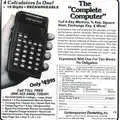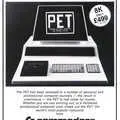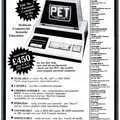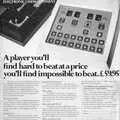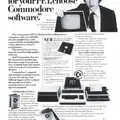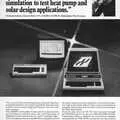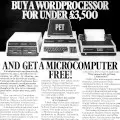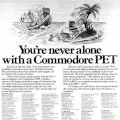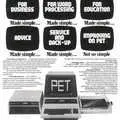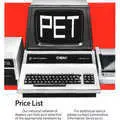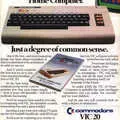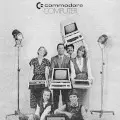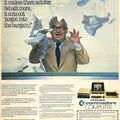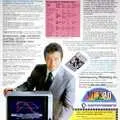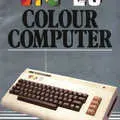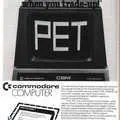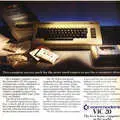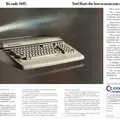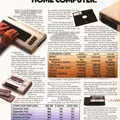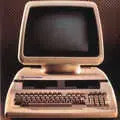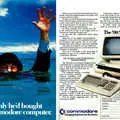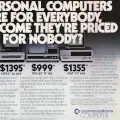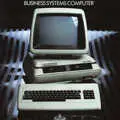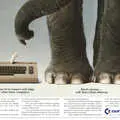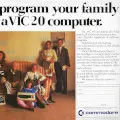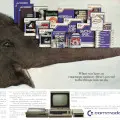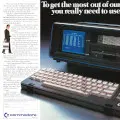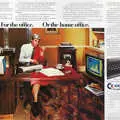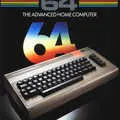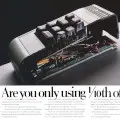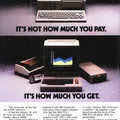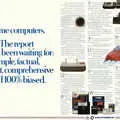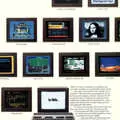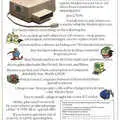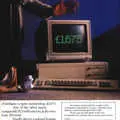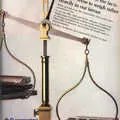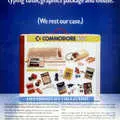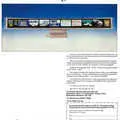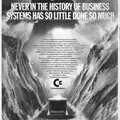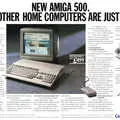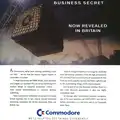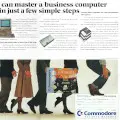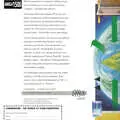
Commodore Advert - December 1985
From Commodore Computing International
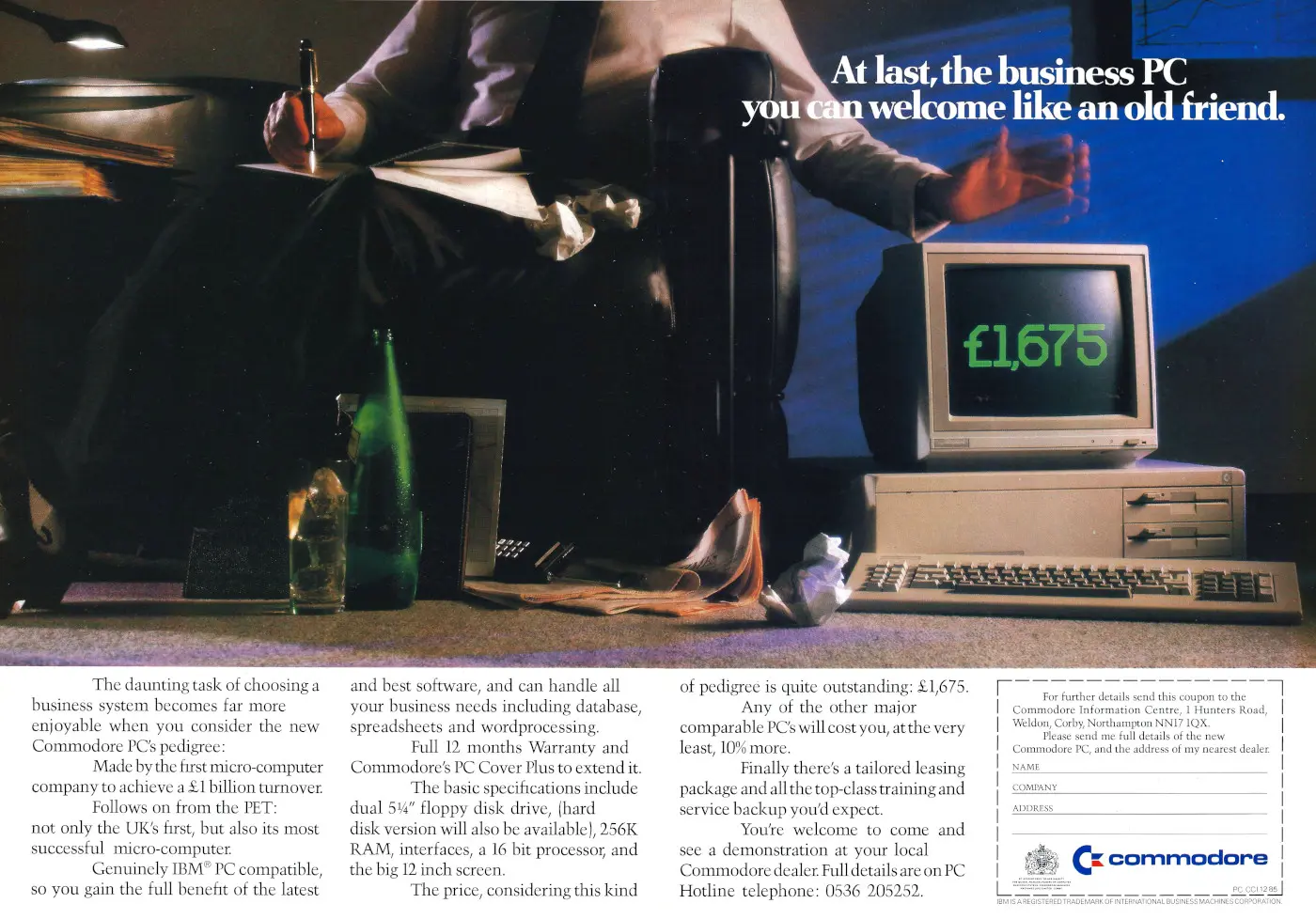
At last, the business PC you can welcome like an old friend
Not to be left out in the stampede for IBM PCs and their compatible ilk (it's four years since the IBM PC launched), comes this offering from Commodore for its version.
This particular machine - the imaginatively-named Commodore PC - came with 256K memory, a 12" screen and two 5.25" floppy drives and retailed for £1,675, or around £6,730 in 2025 terms.
However, all was not rosy in the Commodore world. The month before, the company had announced a total loss for the financial year ending June 30th 1985 of $114 million, or around £90 million at the time (£360 million now). That was a significant reversal from the $144 million profit the year before.
Irving Gould, chairman of Commodore International Limited, said "Earnings during the fourth quarter were negatively impacted by promotional deals and lower sales" before adding that the company expected an upturn in fortunes before Christmas, mostly because it had finally started shipping its C128 and Amiga models.
A UK Commodore spokesman followed up by saying:
"Since the time covered by the figures, Commodore UK has brought in measures to improve the UK performance. Also there are products like the Commodore PC and the bundled packages which are on sale in Europe only and [which are] doing quite well"[1].
Commodore's miserable performance continued through to the end of 1985, when it reported that losses for the three months up to September had been $39.2 million, or about £30 million (£120 million in 2025).
These figures were even worse than expected, although Irving Gould was still hoping - perhaps optimistically - for a return to profit by the end of the year. Costs of developing the upcoming Amiga and C128 were blamed for the poor results[2].
It wasn't just Commodore, as it was a time of general malaise in the industry. Sinclair had delayed its flotation, Acorn had been bailed out by Olivetti in the summer, and many others, like Dragon and Oric, had already called in the receivers.
The industry gloom was summed up nicely in a review of Comdex Fall, held in Las Vegas in November 1985, in January 1986's Personal Computer World, which reported:
"Loss of confidence in the micro industry cast a shadow over the seventh annual Computer Dealers' Exposition and Conference - Comdex/Fall 85 - when it opened its doors in Las Vegas on 20 November. The number of exhibitors was down from last year's record, the number of visitors was down, and the main conference speech was called 'Surviving the Industry Downturn'".
Commodore clearly wasn't in the mood for it, as although there were several of its Amiga machine to be seen around the show, it cancelled its stand at the last minute, leaving arch-rival Atari as the sole home-computer manufacture present[3].
The advert meanwhile contains some of Commodore's notable achievements from better times: it was the first microcomputer company to make $1 billion turnover, and had produced the UK's most successful microcomputer in the form of the PET, which in its heyday had achieved something like an 80% market share.
When Commodore's PC was launched, it was one of the cheapest clones on the market and proved popular, especially in Germany. However it had to be redesigned as there were a couple of major issues with it.
Firstly, quality control was not doing its job and the PC's power supplies were prone to early and frequent failure.
It was also discovered that the system wouldn't accept certain third-party plug-in boards which were becoming increasingly popular, for instance Ashton-Tate's Framework II which required the AST RAMpage memory expansion card[4].
The problem for Commodore was that by the time the fixed PC was relaunched - in January 1986 - it was no longer noticeably cheap, as the intervening time had seen the influx of ever-cheaper clones into the market, like IMC's £675 model[5].
Although PC prices were falling, driven in part by the fact that small hard disks were now available for builders for under £100, there were worries that memory prices were about to rise.
It was though at the beginning of 1986 that American memory chip builders were about to exit the market, leaving it almost entirely to the Japanese.
In March of that year both Panasonic and Toshiba were expected to launch megabit chips, meaning just eight chips could now provide 1MB of memory.
That contrasted to the 32 chips currently required to achieve the same amount.
Memory by now was down to around £200 a megabyte, or £750 in 2025. That's only £773,500 a gigabyte. Compare that to memory in 1975, which was about £390 million a gigabyte.
The concern was that with no competition from the US, Japanese companies would have no incentive to reduce their prices for the new chips.
Elsewhere in December 1985, magazine publisher Ziff-Davies announced the closing of its title Creative Computing.
Creative had been the world's first-ever magazine dedicated to computing when it launched in November 1974 - a year before the famous MITS Altair.
Other magazines were closing too, leading David Ahl, in January 1986's Personal Computer World, to write:
"In a sense, the demise of various computer magazines reflects what is happening to the computer industry as a whole".
Ahl went on to suggest that there were now two types of people in the market: those who have computers, and those who don't. The problem was that those who did were now a lot more sophisticated, and knew what they wanted - which was often just something compatible with what they had. The other group however were looking for:
"user-friendliness of a kind that just isn't available today. As a result of being confronted with machines that manufacturers are calling user-friendly but in reality are user-hostile, new customers are staying away from computers in droves".
As such, it was suggested that many companies with "marginal products" were going out of business, whilst others with only "average" products weren't even getting to first base.
There was also the enormous cost involved, with one software company - Xanaro - reportedly spending $4 million (about £12 million in 2025) simply to introduce a new integrated software package.
Then there was the example of Sevin-Rosen investing $8 million in the database Paradox, which was ten times what it had invested in Lotus, which in turn was ten times what Visicalc had been founded with in 1978.
Ahl also included confusing marketing and publications misunderstanding technology, for example always writing about chequebook balancing and recipes when discussing the home computer market, as factors in the downturn. He concluded:
"Combine all these things - increasingly sophisticated customers, confused marketing, the high cost of entry, and the lack of research, and it's not difficult to understand why the industry is tripping over its own feet. Other important factors include the might of IBM, desperation tactics of companies (and magazines) on the rocks, periodic price wars, and a naive belief on the part of many managers that their products really are user-friendly. My prediction is that the industry is unlikely to emerge from the doldrums for several years[6]".
Date created: 01 July 2012
Last updated: 11 December 2024
Hint: use left and right cursor keys to navigate between adverts.
Sources
Text and otherwise-uncredited photos © nosher.net 2025. Dollar/GBP conversions, where used, assume $1.50 to £1. "Now" prices are calculated dynamically using average RPI per year.
